
8 minute read
FUEL FOR THOUGHT
THE START FOR FREIGHTLINER’S CASCADIA IN AUSTRALIA HAS BEEN AT BEST A GENTLY PACED ONE, AT LEAST NOT WHAT ANY PUNDITS BELIEVED WOULD PAN OUT FOR THE USA’S TOP SELLING PRIME MOVER. WITH ALL OF THE CHALLENGES, DAIMLER TRUCK BOSSES HAVE TAKEN A STEADY APPROACH AND BELIEVE THAT EVIDENCE OF IT’S STRONG FUEL ECONOMY, ALONG WITH A CHANGE IN THE WAY THE INDUSTRY IS REGARDING FREIGHTLINER AND A FREEING UP OF SUPPLY WILL HELP DELIVER A BIG BOOST FOR THE BRAND IN 2022 AND BEYOND. WE TAKE A LOOK AT WHY THE CASCADIA HAS SEEN A CAUTIOUS START AND AT ONE OPERATOR WHO RECKONS IT’S THE MOST ECONOMICAL BONNETED TRUCK HE HAS EVER RUN.
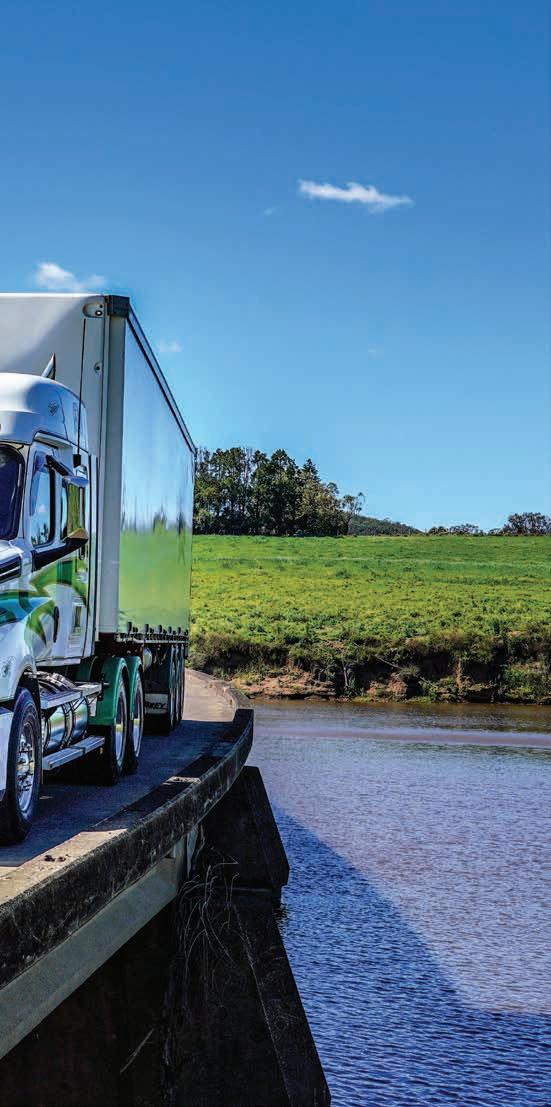
The fact that Cascadia arrived here in the midst of the Covid 19 Pandemic, and all of the supply chain issues that caused around the world, was certainly a major contributing factor in the slow start for the much vaunted American. Couple that to the fact that it is America’s bestselling heavy and the demand issues that flow from that, which helped choke supply down to a trickle here in Australia.
However it wasn’t just the supply issues. There were other influences in play.
Freightliner had been fighting the reputational damage its first gen Argosy inflicted more than a decade ago, thanks to previous Daimler truck management’s pushing the then new trucks into the Australian market too quickly, without proper local testing and development.
Those lessons were hard won and the current Daimler Trucks Australia management was determined that it would not repeat those errors and that the new Cascadia would not suffer issues as a result of not having had a proper long term test and development program, before it went on sale.
To cut a long story short there are a few gun shy operators out there who suffered with first series Argosy and they are still hurting and formed a fairly vocal chorus against the Freighliner brand.
That was a long time ago but reputations are hard to win back, because after all you only get one chance to make a first impression The mould for reputation is cast early and it is hard to overcome the weight of opinion, even if the problems and issues were years and years ago.
In the USA Cascadia’s key selling point is its frugal fuel economy, a factor that along with its quality and reliability has driven it to number one. Strangely enough until now that fuel efficiency may not have been a big enough incentive for buyers to at least consider Cascadia on their shopping list . In the past couple of years fuel prices have been low, and the imperative to worry about fuel economy has not been a top priority for many.
Now fuel prices have shot up again, more and more fleets are looking to the bowser and realising they need to do something to use less of that diesel.
Discussions TTA has had with Freightliner executives tell us that order books have strengthened significantly in the past few months as more operators have started to hear nothing but positives about the Cascadia, particularly when it
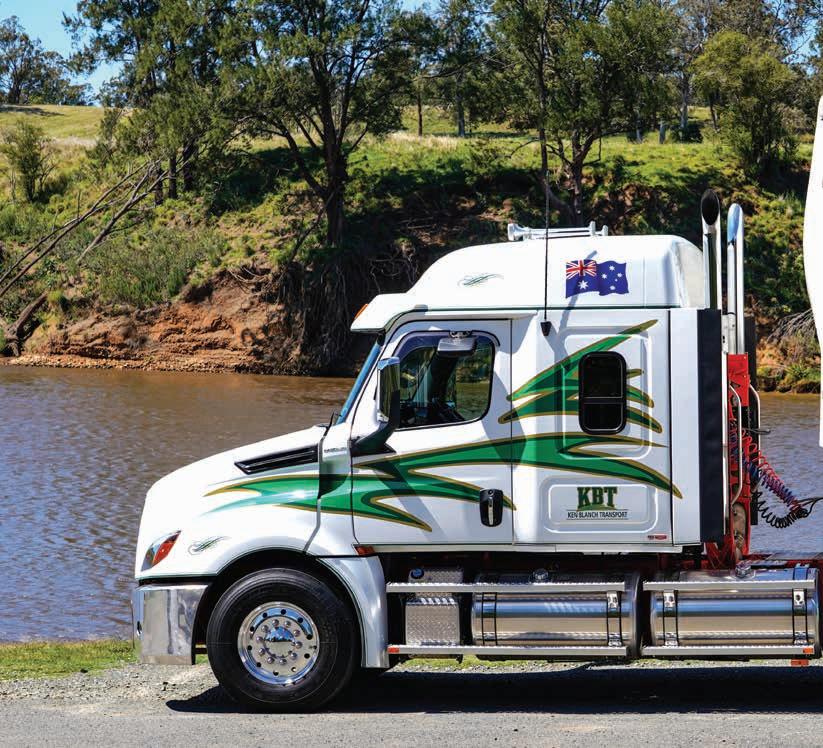
comes to fuel economy.
Just as with its European siblings from Mercedes-Benz, the Freightliner benefits from the Daimler engine family and the wizardry the German giant’s techs have wrought on its fuel efficiency.
When we visited major fleet C. R England in the USA in 2019, they revealed that extensive testing and constant monitoring over several years had told its fleet managers that the Cascadia was head and shoulders above any of its prime mover opponents in America when it come to fuel consumption.
C.R England runs many brands including both Paccar brands, as well as Navistar, Volvo and Mack, and even some of Daimler’s other North American brand, Western Star.
However Cascadia is by far the largest part of its current truck park, with 90 per cent of the massive fleet of close to 4500 trucks wearing a Freightliner Cascadia badge.
Every aspect of C.R England’s operation is astounding when viewed through Australian eyes. For instance it uses somewhere around 24 million litres of fuel a month (six million US gallons). That roughly equates to a monthly fuel bill of around $US15 to $US16 million, so even a small improvement in fuel economy can deliver a substantial saving.
The company told us that it believed that the Freightliner with its Detroit power train, both the DD15 engine and the DT12 AMT has proved to be by far the best economy wise, and that Cummins was next best with other proprietary power trains further down that list, claiming the Cascadia is number one in fuel economy and that the next best was the other Daimler truck brand, Western Star, using the same Detroit driveline. That wasn’t just a feeling, C.R England backed all that up with figures.
As we said the message on Cascadia’s meagre thirst for diesel fuel is starting to spread in Australia as well and as more fleets start to give it a try, the stories are spreading up and down the Hume, Newell and Pacific as the ones who have bought into the Freightliner promise, start to not only see the benefits, but also become staunch advocates for the truck.
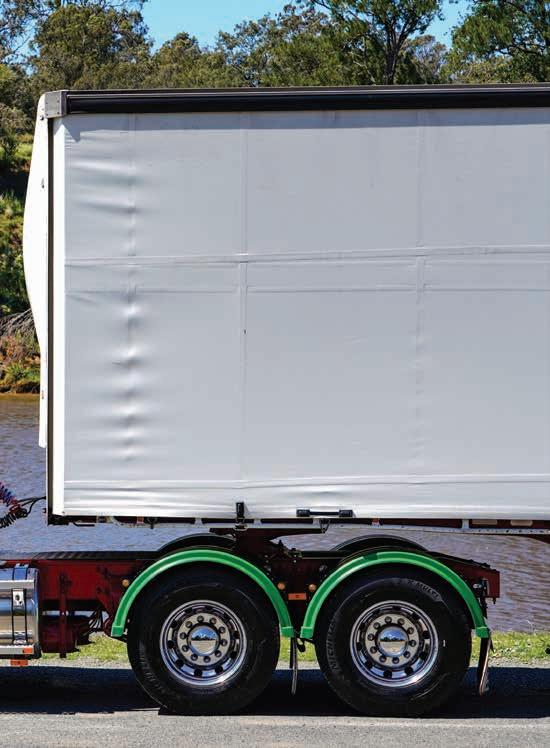
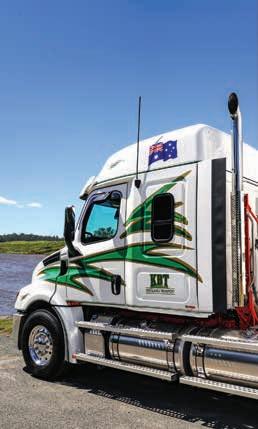
One such operator is the family owned and operated fleet of Ken Blanch Transport, based in Taree on the Manning River on the NSW Mid-North Coast.
Owner Ken Blanch says he has been particularly impressed with the Cascadia, especially when it comes to fuel.
Ken Blanch operates a fleet of nine trucks, made up of American and European models from four different manufacturers, carting a wide range of products up and down the eastern seaboard from its Taree base .
Ken Blanch Transport, handles a range of cargo, including delivering bricks, rooftop steel, fertiliser, timber and other items.
Ken Blanch founded the operation back in 1989, starting with just one truck, a Ford LNT 9000, which Ken admits is a far cry from the cutting-edge Cascadia.
Asked about the difference between them, Mr Blanch simply says: “Trucks have come a long way.”
“The Cascadia delivers the best fuel consumption I’ve had from of a bonneted truck,” Ken Blanch told us.
Blanch says the fuel saving the Cascadia delivers compared to the bonneted truck it replaced is considerable.
“It does 0.6km per litre better and that is quite significant,” he added.
That means that the Blanch 126 Cascadia running a single trailer at 44 tonnes all-up, is returning an average of 2.4km per litre as opposed to around 1.8 for the next best on fleet.
If you do the maths on that, it is easy to understand the advantage that gives an operator. Take an average trip from Taree to Brisbane, a distance of roughly 600 km. At 2.4 km per litre the truck will use around 250 litres, while the other trucks at 1.8km per litre would swallow 333 litres of diesel. If fuel is at $1.45 a litre ( and that is pretty cheap) that represents a $120 saving each way or $240 for a return trip. If you do five return trips a week that is around $1000 a week, or $52000 a year, that is a figure not to be scoffed at.
Ken Blanch explained that he was attracted to the Cascadia thanks to its 16-litre Detroit DD16 engine and spacious cabin, which his regualar driver

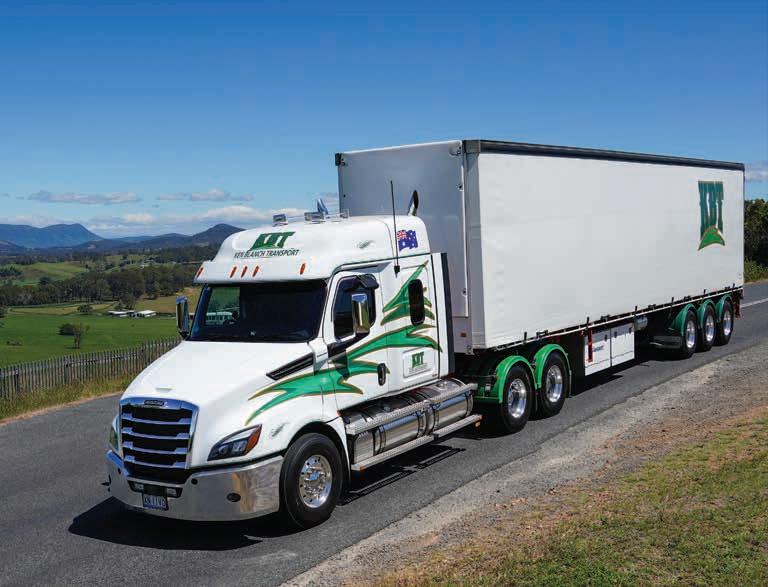
appreciates on longer runs.
While Cascadia is available with a choice of day cab, 36-inch, 48-inch and 60-inch cab options, Ken Blanch ordered its one with the 48-inch version, which has also been given a big thumbs up.
“The driver loves it,” Blanch said.
Blanch purchased the Cascadia from Mavin Truck Centre in Taree, and with the help of Steve Pinkstone from Mavin, Ken specified it with the 560hp/1850ft-lb version of the 16-litre Detroit DD16, mated to the DT12 fully automated 12-speed transmission.
Daimler has also packed the Cascadia with a full array of safety technology, which is at the cutting edge, particularly in the conventional truck class. The Cascadia’s safety tech includes a radar and camera-based Advanced Emergency Braking System (AEBS) that can automatically detect, and fully brake the truck for moving pedestrians in addition to vehicles.
It also has radar-based adaptive cruise control and a lane departure warning system in addition to Electronic Stability Program and a driver airbag.
But it’s advocates like Ken Blanch that will help spread the word and wind back any long held, and these days mistaken, apprehensions with the Freightliner brand, while the Cascadia’s fuel efficiency will also be a major factor.
With better supply from its US factories Freightliner may just be on track to give the opposition a bit to think about in 2022 and beyond.
WHEEL LOAD WEIGHERS FOR SALE
PAT SAW 10A SERIES I
bk94dq
In excellent condition. Ex-state road authority. Approved for enforcement (very accurate) of load limits by the National Measurement Institute. Can be used individually or with connecting cable to display axle loads. Low profile and lightweight at 18kg.
PAT SAW I III
bk94dr
Operating Display INDIVIDUAL UNIT $900+GST each MINIMUM FOUR UNITS $750+GST each
FEATURES • Low profile for easy access • Lightweight and easy to handle • Rugged design for long service life • Corrosion resistant materials • Large backlit LCD • Ergonomic, flexible handle • Anti-slide tapes • Approved for weight enforcement • Record and print wheel loads and axle loads (via RS 232) PRICE $5,450-00 each plus freight










